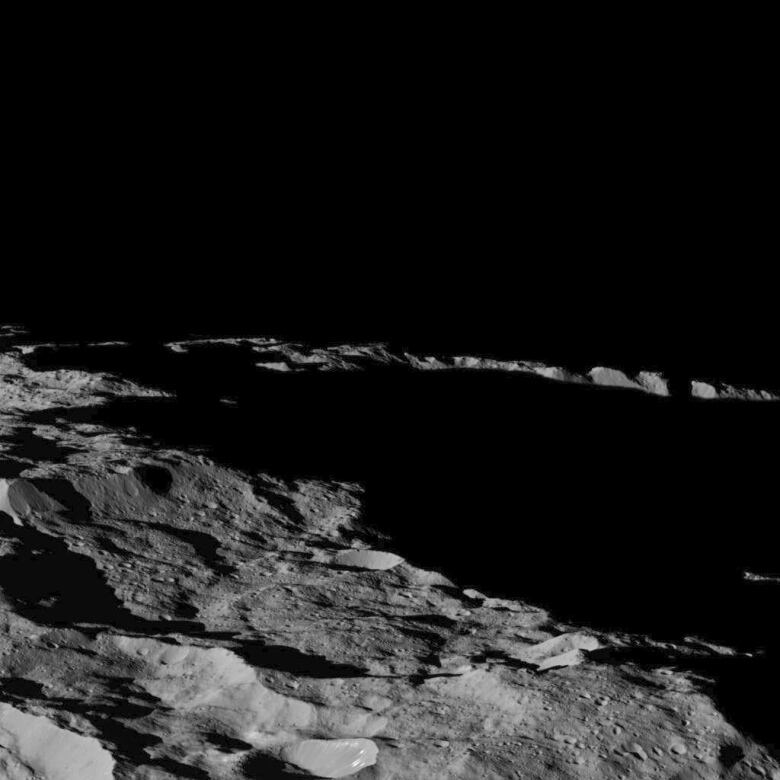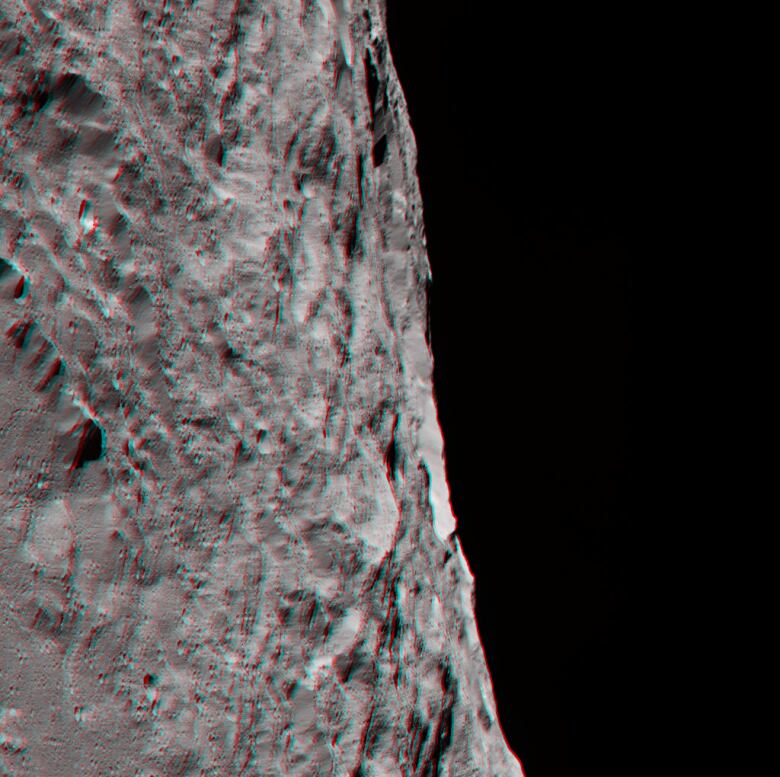Enceladus, Ceres closeups captured by NASA spacecraft
Dawn captures closest view of Ceres so far and Cassini sends home final Enceladus closeups
NASA's Cassini spacecraft has sent home its last, stunning closeups of Saturn's icy moon Enceladus, just as the Dawn spacecraft sharedits closest-ever views of the dwarf planet Ceres.
The new views ofEnceladus are from the Cassini spacecraft's final close flyby of that moonon Dec. 19, from4,999 kilometres. They include views of both older, cratered terrain, and younger, furrowed areas of the surface. During previous flybys, Cassini has come as close as within 50 kilometres of the surface, diving through the icy geysers spewing from the moon's surface from what is thought to be a liquid ocean underneath.

Cassini is now heading off toward another Saturn moon, Titan. It's scheduled to do a flyby of that moon at a distance of 3,817 kilometres on Jan. 16.

While Cassini has left Enceladus, NASA's Dawn spacecraft is just beginning to get more intimate with the dwarf planet Ceres.
You may feel as if you're soaring over Ceres when you look at Dawn's latest images.
The closeupsreleased this weekare taken from 385 kilometres above Ceres's southern hemisphere, the lowest Dawn has flown so far. They show a surface nearly completely covered in craters ranging from tiny to huge, as well as long ridges and troughs.
Images from the mid-latitudes are brightly lit, while one near the south pole features long shadows. One image can even be viewed in 3D with red-blue 3D glasses.

NASA says the images were captured on Dec. 10 during a test of the spacecraft's backup framing camera, which is identical to the main camera that has taken most of Dawn's images so far.
Dawn is expected to remain at this low altitude for the rest of its mission, as it uses other instruments to try toidentify minerals and elements on the surface.

So far, scientists have already identified the bright spots at the bottom of some of the craters on Ceres as deposits of magnesium sulphate, better known as Epsom salts. They have also detected ammonia on the surface, suggesting that Ceres or its materials originated in the outer solar system beyond Neptune.
Ceres, the largest object in the asteroid belt between Mars and Jupiter, is about 950 kilometres in diameter. Dawn launched in 2007 andarrived at the dwarf planet in March, after visitinganother asteroid called Vesta.













_(720p).jpg)


 OFFICIAL HD MUSIC VIDEO.jpg)
.jpg)



























































































